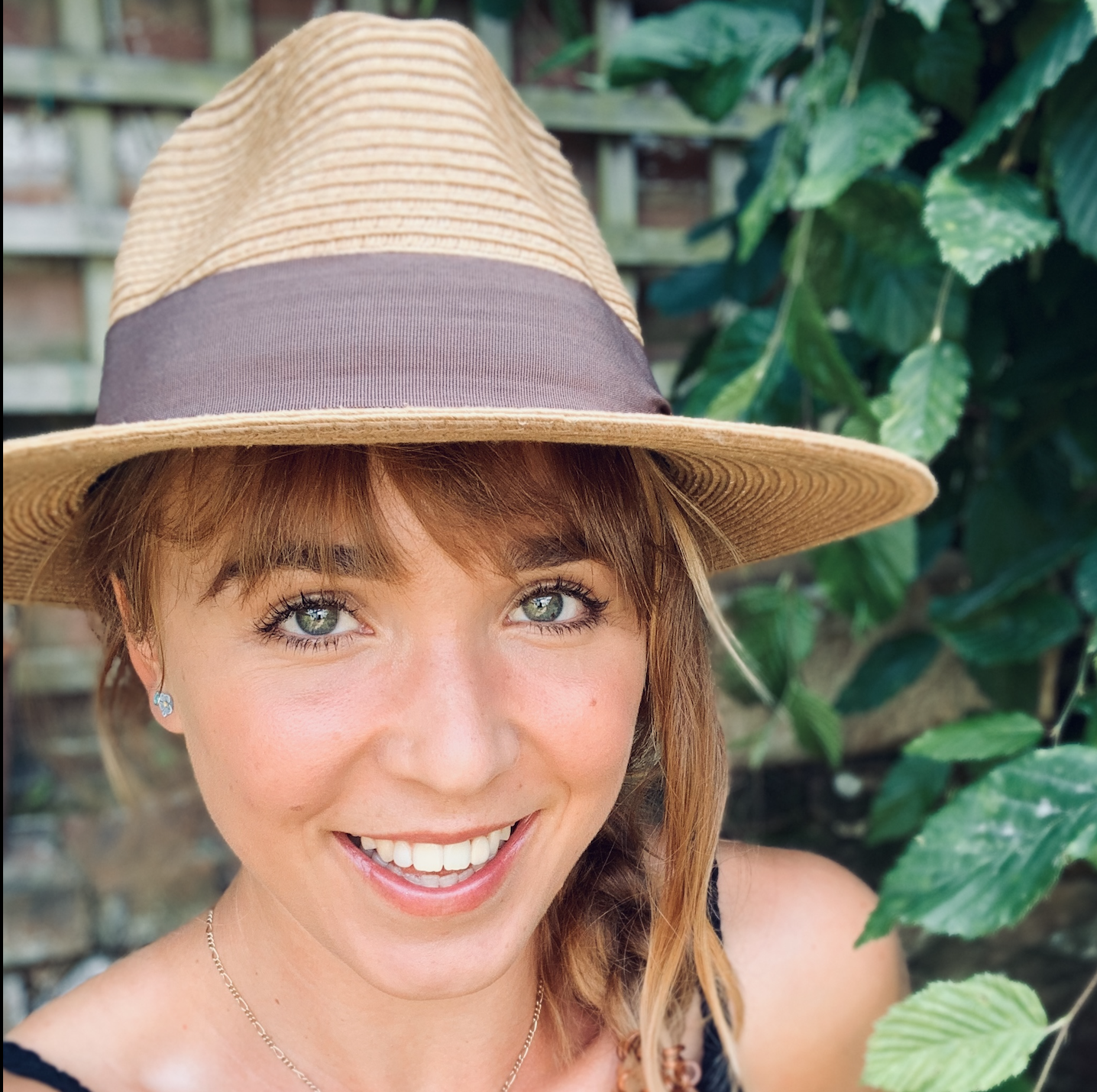After surviving one of the most intense heatwaves in recent years whilst tackling some of England’s most relentless terrain, I finally crossed the line last Sunday at the Cremyll ferry on Mount Edgecombe after my three-week trek around the entire Cornish coast.
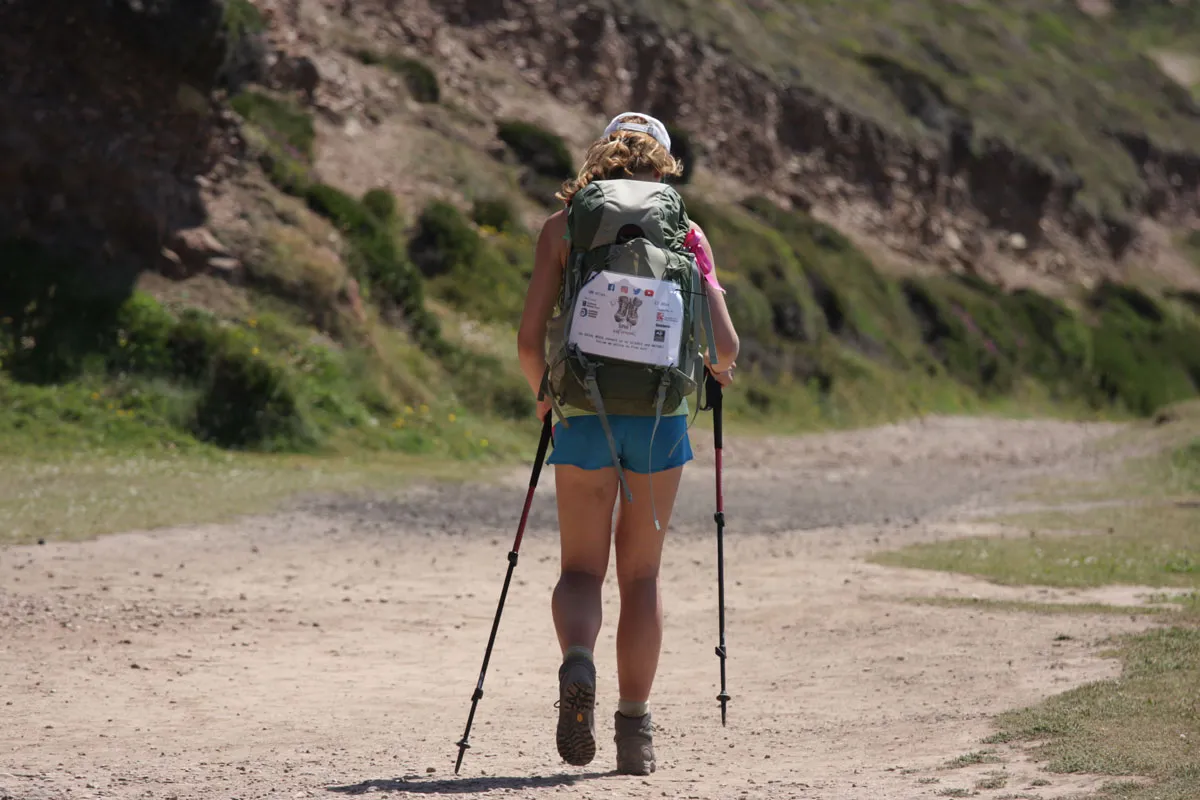
Having grown up in the ‘Digital Age’ I was curious to see how people of my generation can adapt our increasingly obsessive relationship with social media and use its huge influence to show off British wildlife and inspire an interest in nature, the outdoors and celebrate the UK’s incredible landscapes.
To meet the criteria for my MSc Science Communication dissertation, I decided to do something a little different and plan this three-week expedition to test this rather ambitious aim. The prospect of walking along one of the world’s most spectacular trails in beautiful Cornwall was tantalising to say the least.
Starting out
Starting in wild and windy Bude armed with a 12kg backpack and my extensive camera kit of an iPhone, selfie stick and tripod I set off to Crackington Haven.
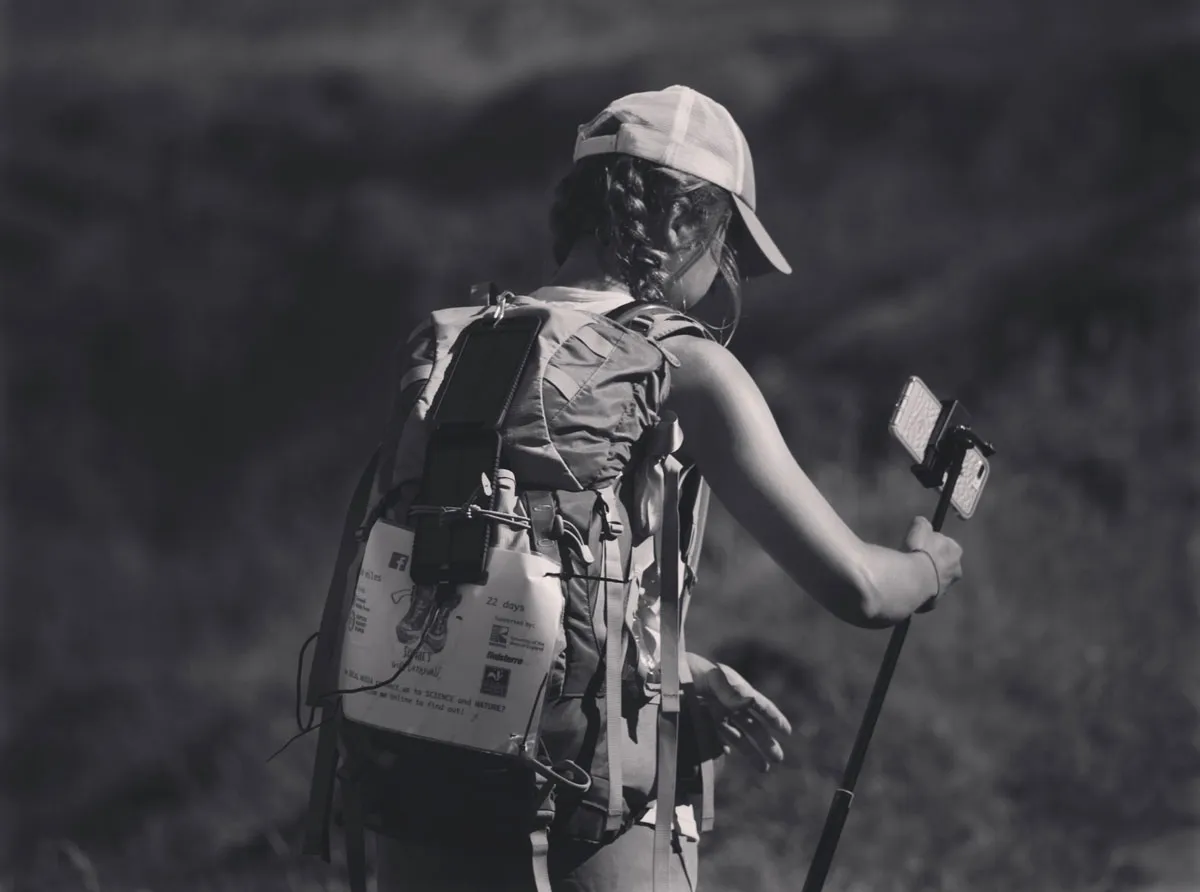
The first few days were very experimental as it took a while for me to find my rhythm and work out the best way to film and communicate the wildlife I was encountering, while managing the physical challenge of hiking the unforgiving north coast. Safe to say, once I ‘found my feet’ and trusted in both my Zoology degree and physical preparation, I fully allowed myself to be fully immersed in all that Cornwall had to throw at me.
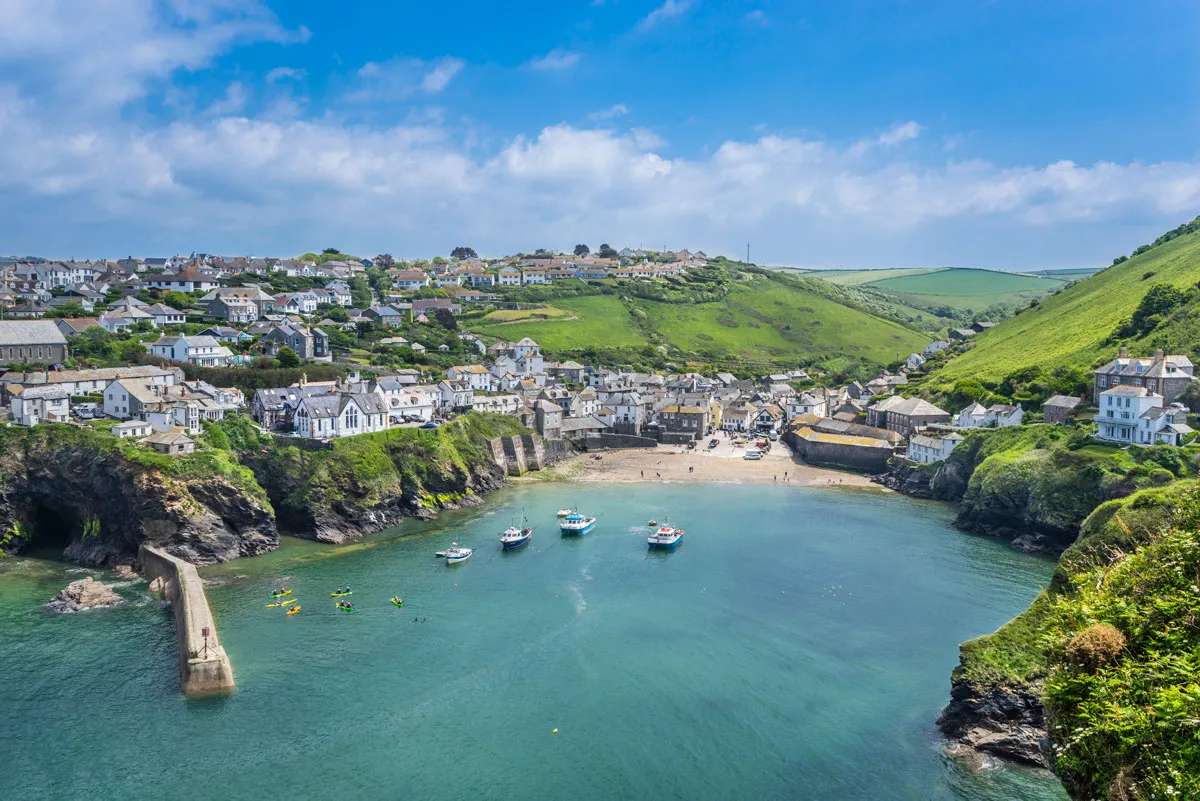
Although gruelling in places, the craggy, unspoilt wilderness of the north coast stayed with me most of all. One of my favourite stretches was from Port Isaac to Padstow, traversing through the beautiful Port Quin and seeing the wildflowers and grasses of Pentire Point.
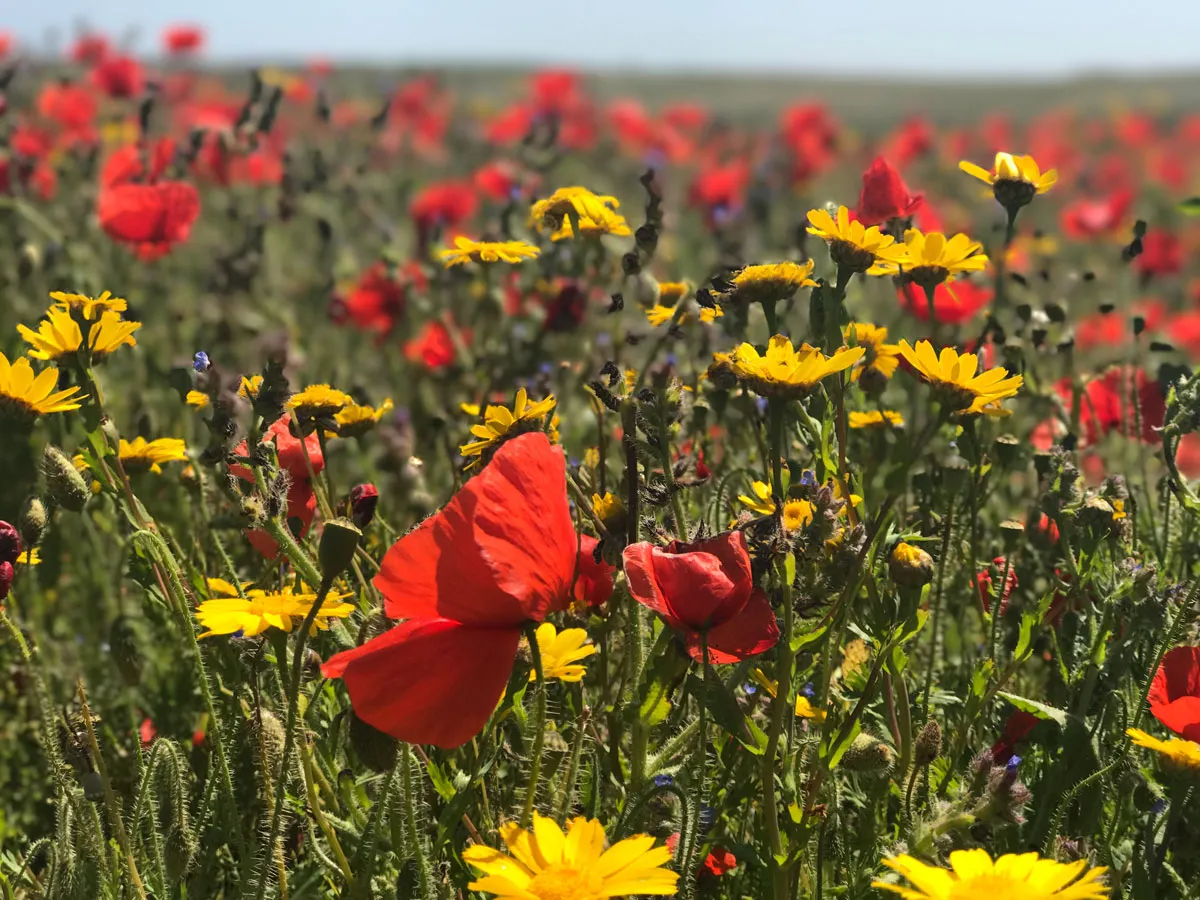
A month of wildlife
June proved to be a perfect time to hike as I spotted wild flora and emerging butterflies following winter hibernation and was treated to sightings of Red Admiral amid spectacular sections of wildflowers. One of the most memorable was a meadow ablaze with wild poppies at West Pentire Head near Perranporth, a designated Site of Special Scientific Interest (SSSI) given its importance for sustaining pollinator populations and a rich biodiversity of other invertebrates.
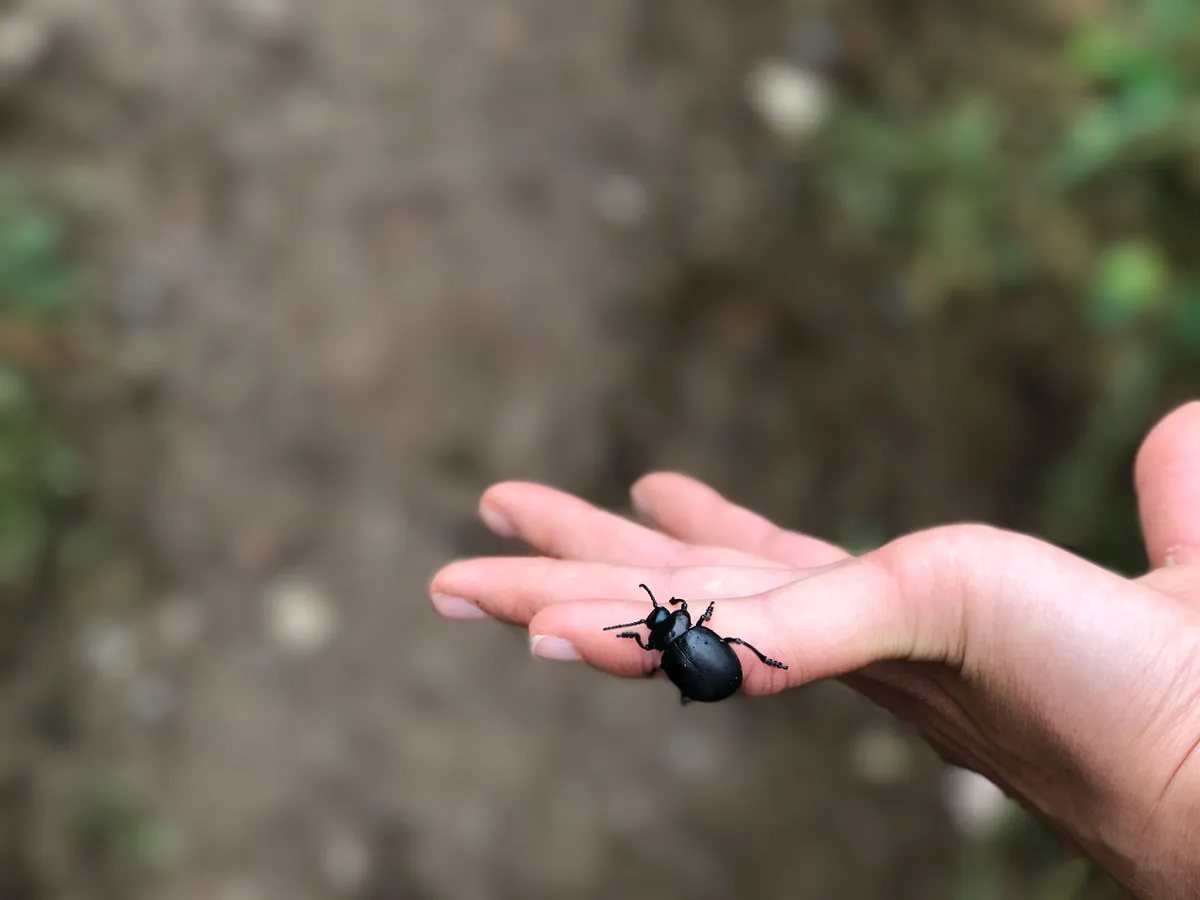
I was unprepared for the sights I would see on this leg at the Rumps – an impressive headland on the way to Polzeath which was teeming with seabird and seal activity. I saw at least five grey seals ‘bottling’, a common behaviour when ‘chilling out’ in an upright position with their heads exposed. I also was treated to my first gannet – Europe’s largest seabird, commanding and instantly recognisable by its bullet-like diving behaviour, hitting the seas at an impressive 60 miles an hour! Sea-spray, sea-caves, guillemots, razorbills and kittiwake-galore, the Rumps was an unforgettable visit and easily accessible from a footpath around the cliff from Polzeath beach.
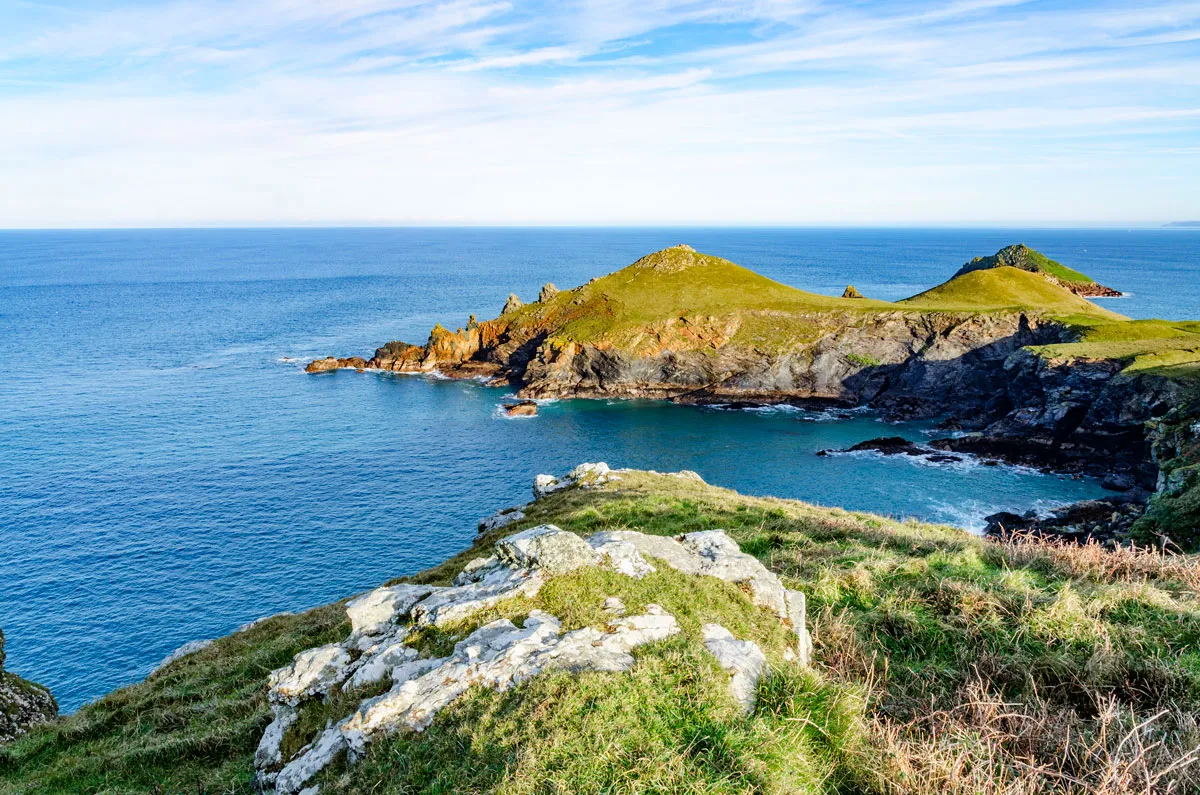
Other wildlife highlights included an almost daily dose of kestrels and each time I was astounded by their precision and focus in a hover as they orientate themselves into the wind. As I hiked further south into the more tropical, temperate climate around The Helford River and Falmouth, I was joined by buzzards and a few juvenile peregrine falcons – and on my day off, Atlantic puffins and several beautiful, elusive harbour porpoises on a boat trip with AK Wildlife Cruises.
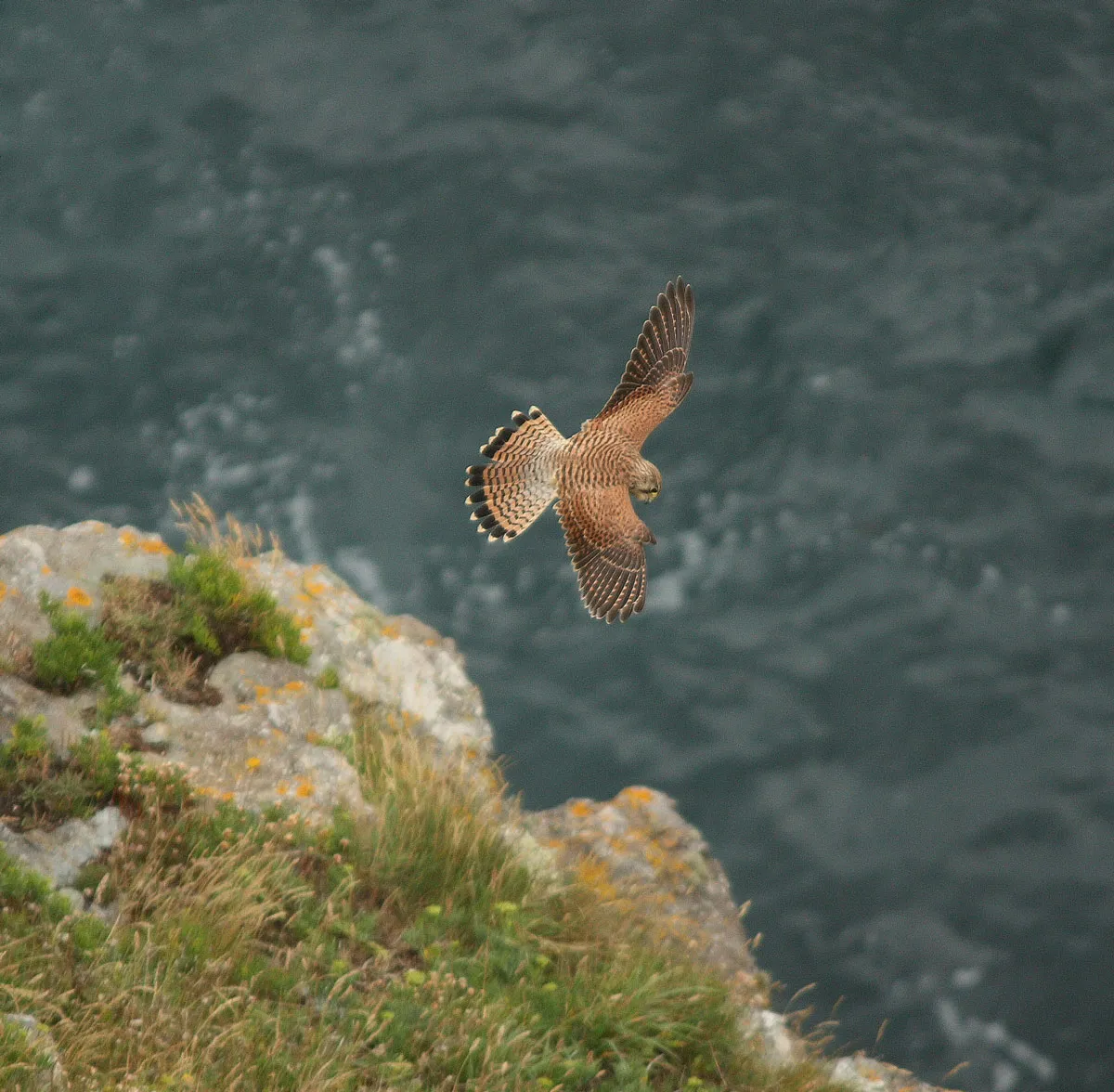
The heatwave, however, was not something I was prepared for and was a real test of endurance and determination. On one of the hottest days passing through Trevaunance Cove (which could easily have rivalled The Maldives!), I cooled down and re-fuelled at the award-winning Q Tearooms – a studio tearoom and gallery nestled up from the cove serving delicious local dishes and the famous Tregothnan Tea – Britain’s first home-grown tea.
Exploring Cornish culture was equally fascinating and I enjoyed sampling locally sourced, Cornish produce in nearly every café, pub and shop. Walking through the tin mine regions around Pendeen and the south coast was a stark reminder of Cornwall’s fierce tin mining history which shaped the landscape, society and the economy for so many years. Many of the ruins still command the cliffs today and provide a home to several roosts of British bat.
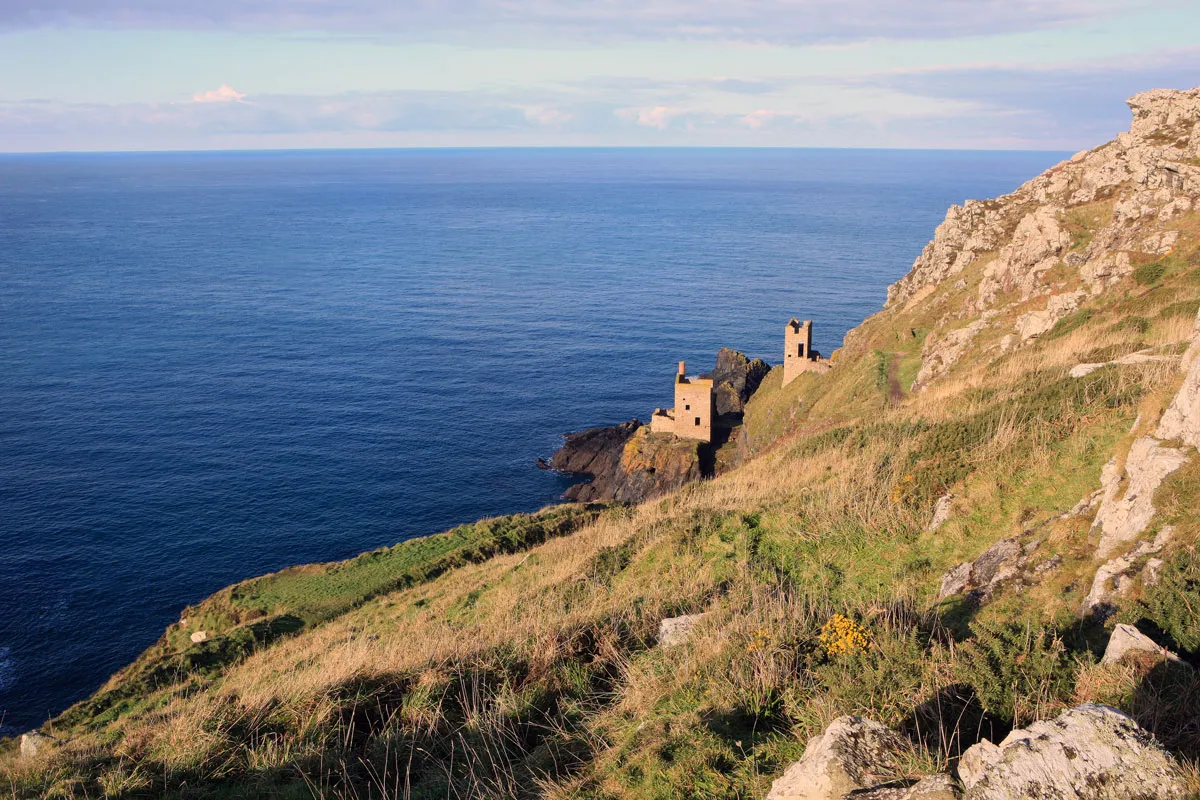
Another high point was reaching the geological marvel that is The Lizard. Walking through time almost, and being surrounded by ‘moho’ – world famous serpentine rock that should be 20km below your feet in the Earth’s mantle but has been uplifted to the surface; was a privilege. I was amazed at the microcosm of biodiversity that flourished alongside these rock formations across the 2,000-hectare Lizard National Nature Reserve and the striking displays of yellow lichen that covered many of the rocks. Aside from marking a turning point in my trek, my time at Lands’ End highlighted some overlooked landscape features, including the abundance of lichen being a key indicator of good air quality.
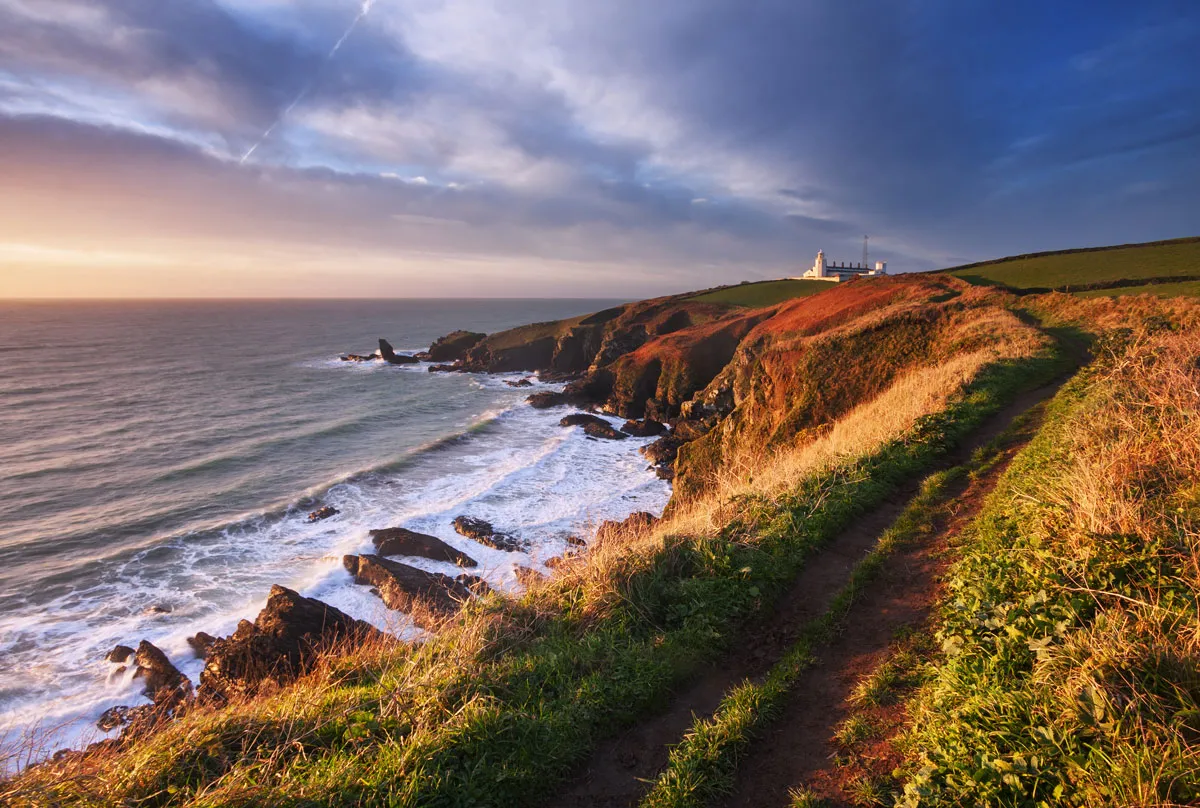
Plastic pollution
On a less positive note, plastic pollution along the coastline was something I was keen to explore. I was encouraged by the visible signs of action being taken on many of the beaches around Cornwall. The social media campaign ‘#2minutebeachclean’ encourages litter pickers to take two-minutes to collect litter and dispose of it at the marked bins at the entrance to the beaches.
Despite these efforts, I still came across a lot of litter, mostly around car parks and the fringes of campsites where ironically there were a multitude of different bins to use. Given that plastic takes some 500 years to degrade in the marine environment and irreversibly infiltrate the marine food web, it was even more provoking to see such waste amongst such wild beauty and diverse, vulnerable wildlife.
At times I seemed to be the youngest person walking the coast path by a good 30 years, and other than the weekend day ramblers, I barely saw anyone close to my age hiking and enjoying the surroundings of the trail. This boosted my motivation to continue with my pursuit to capture British wildlife and the great outdoors on social media - hopefully, inspiring young people to get outside and experience nature for themselves. I filmed and narrated short clips of each day’s wildlife, rock formations and nature sighting, which I later edited and produced short and informal l YouTube video blogs or ‘vlog’ which I uploaded every evening.
I could not have predicted the global audience they began to attract. I began to receive messages from families in Australia, Moscow and Sweden – all apparently ‘hooked’ on following my updates and expressing subsequent desires to get out, be adventurous and even come to the UK and see Cornwall for themselves. This re-affirmed my initial curiosity about exploring the power of social media and its potential for widespread use as a science communication tool to speak broadly to the younger, more digitally inclined and visually hungry modern audience.
Digital platforms are constantly evolving and I think science and society still has much to learn about how best to use these digital tools. Despite the obvious drawbacks of increased screen time, during my hike I discovered that making use of social media and adapting the way we think about communication to showcase the natural world also offers an exciting opportunity to reach people of all ages and geographic locations.
Catch up with Sophie's vlogs on her YouTube channel: www.youtube.com/channel/UCOqe9-bbiJkRce7NP7sXARw or visit: spavelle.wixsite.com/wild-cornwall
